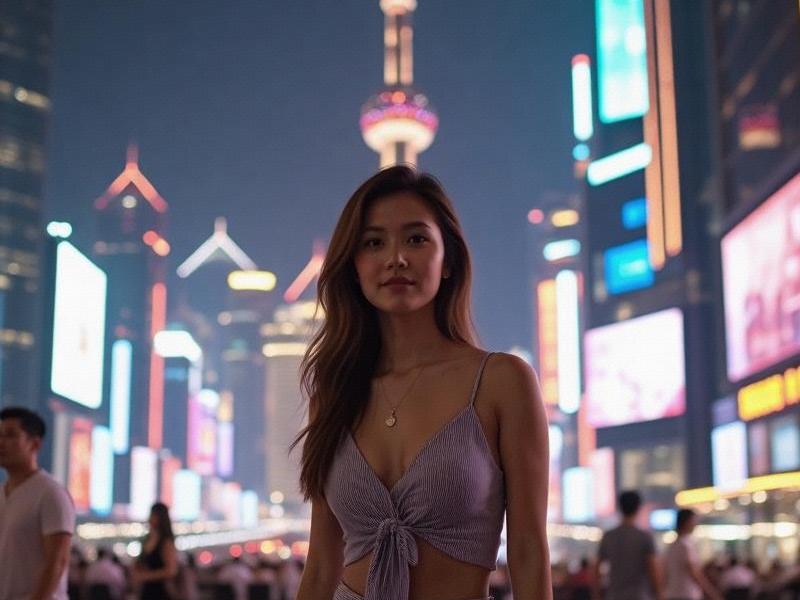
In the shadow of Shanghai's glittering skyscrapers, a quiet revolution is taking place. The city long known as China's financial engine is reclaiming its status as the nation's cultural crucible, with over ¥87 billion invested in creative industries since 2020. This cultural renaissance manifests most visibly in the transformed industrial zones along the Suzhou Creek, where abandoned factories now house some of Asia's most innovative art spaces.
The West Bund Museum Corridor has emerged as the crown jewel of Shanghai's cultural ambitions. Stretching 3.6 kilometers along the Huangpu River, this $2.3 billion development brings together the Long Museum, Yuz Museum, and the newly opened Centre Pompidou Shanghai under one architectural vision. "We're creating more than exhibition spaces," says curator Li Feng. "This is a living laboratory where Eastern and Western art traditions converse."
上海龙凤419官网 Traditional culture finds new expression through digital innovation at the Shanghai Grand Theater's "Digital Kunqu Opera" series, where augmented reality brings Ming Dynasty classics to life for younger audiences. The recently restored Jing'an Temple district now hosts the Shanghai Contemporary Folk Art Festival, attracting over 500,000 visitors to its fusion of intangible cultural heritage and modern design.
The creative economy flourishes in repurposed industrial complexes. M50, Shanghai's original art district, has evolved into a multidisciplinary creative hub housing 120 studios, while the larger-scale Tank Shanghai project transformed five abandoned aviation fuel tanks into breathtaking exhibition spaces. These districts now generate over ¥15 billion annually in cultural GDP.
上海龙凤419体验 Shanghai's museum boom reflects its cultural ambitions. The city added 23 new museums in 2024 alone, including the groundbreaking Shanghai Museum of Migration tracing the city's cosmopolitan history. Private collections like the Fosun Foundation showcase Shanghai's growing class of cultured entrepreneurs investing in the arts.
上海娱乐联盟 The government's "Cultural Shanghai 2030" plan aims to increase cultural spending to 5% of the city budget by 2030. This supports initiatives like the Shanghai International Art City - a 68-hectare development integrating artist residencies, performance venues, and digital media labs. When completed in 2027, it will be Asia's largest cultural complex.
Yet Shanghai's true cultural strength lies in its ability to blend global influences with local identity. The annual Shanghai Biennale continues pushing boundaries, while neighborhood cultural centers preserve disappearing crafts like paper-cutting and bamboo weaving. This dual approach creates what urban scholar Zhang Wei calls "glocal culture" - simultaneously global in outlook and rooted in local tradition.
As Shanghai prepares to become UNESCO's next "City of Design," its cultural transformation offers lessons for cities worldwide. By valuing both heritage and innovation, China's eastern pearl is crafting a new model for 21st century urban culture - one that celebrates creative diversity while maintaining unmistakably Shanghainese character.
